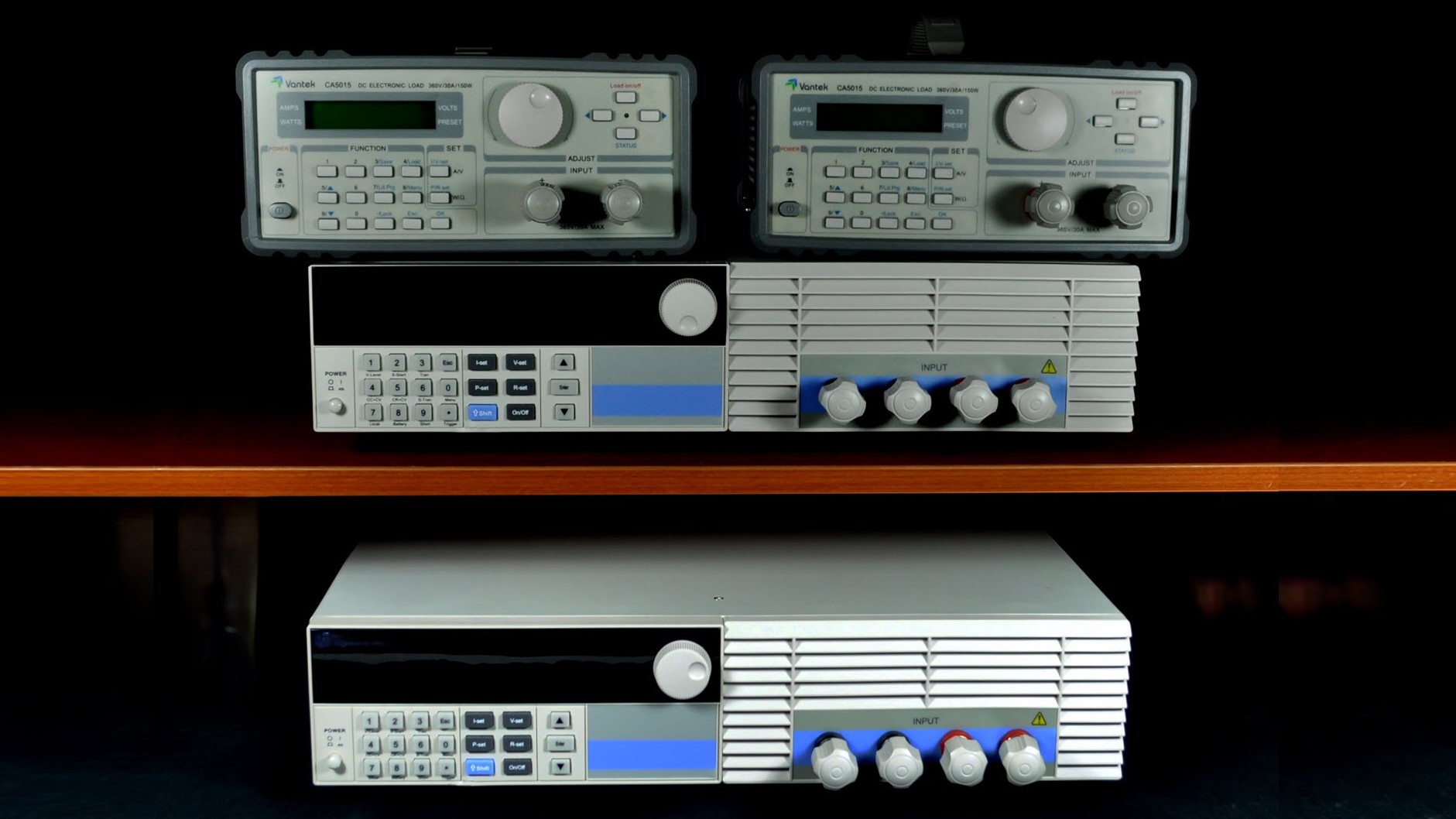How We Test Power Supply Units
Our methodology, testing equipment, and benchmarks.

The power supply unit (PSU) is the most important part of every electronic device, including, of course, computers. It is the heart of your system since it feeds energy to the other components. Consequently, if the PSU fails, everything else fails with it. This is the reason most experienced technicians start a failure investigation from the PSU before proceeding to the rest of the components. And, consequently, this is why you should pay extra attention to your choice of PSU and not make a decision based exclusively on price. After all, a good PSU will do its job for quite a long time, far outlasting the rest of your expensive system components.
To properly review a PSU, expensive equipment is required, and the reviewer needs to know not only how to operate it, but also have sufficient knowledge about electronics and a PSU's design. The knowledge part is especially crucial since not even the most expensive equipment can make a good PSU review if the reviewer doesn't know how to properly use it and what tests to conduct with it.
In our reviews, we examine the PSU's performance, noise, and temperature ratings, along with the build quality of the units. We also judge the PSU's individual components, cables, connectors, and even product specifications and packaging while providing a performance per dollar comparison.
MORE: Best Power Supplies
MORE: All Power Supply Articles
MORE: Power Supplies in the Forums
Get Tom's Hardware's best news and in-depth reviews, straight to your inbox.

Aris Mpitziopoulos is a contributing editor at Tom's Hardware, covering PSUs.
-
JPNpower Nobody can fault you guys for not being thorough enough! All we can wish for is that you do these tests a bit more often. I'm at a loss how to navigate the PSU field, and a "Best Picks" section for PSU's would be tremendously helpful.Reply -
Nuckles_56 Really good article, it is now nice and clear how you guys go and test the power supplies, and as JPNpower said, no one can fault you guys for not being thorough enough.Reply -
ykki @JPNpower= I also think a best psu for the money article would be nice but the power supplies in the market pretty much stay the same. We may go for months before seeing any change in the list.Reply -
damric Looks legit, Aris.Reply
THW used to be the laughing stock of PSU reviews, but your recent reviews have changed all of that.
Keep up the good work! -
damric ReplyNobody can fault you guys for not being thorough enough! All we can wish for is that you do these tests a bit more often. I'm at a loss how to navigate the PSU field, and a "Best Picks" section for PSU's would be tremendously helpful.
@JPNpower= I also think a best psu for the money article would be nice but the power supplies in the market pretty much stay the same. We may go for months before seeing any change in the list.
I'll make one and submit it through bb-71 to get stickied. -
ykki Reply15570872 said:I'll make one and submit it through bb-71 to get stickied.
OK. If someone makes a psu list I'd rather see it from you (or the mods). Good luck. -
damric Reply15570891 said:15570872 said:I'll make one and submit it through bb-71 to get stickied.
OK. If someone makes a psu list I'd rather see it from you (or the mods). Good luck.
It will be a group effort for sure :) -
iam2thecrowe It would be nice if all manufacturers could do this testing and publish results when they build the things, or even better for it to be a requirement. Then at least there would be less junk PSU's on the market.Reply -
ykki Reply
Or more fake reviews.15571045 said:It would be nice if all manufacturers could do this testing and publish results when they build the things, or even better for it to be a requirement. Then at least there would be less junk PSU's on the market.